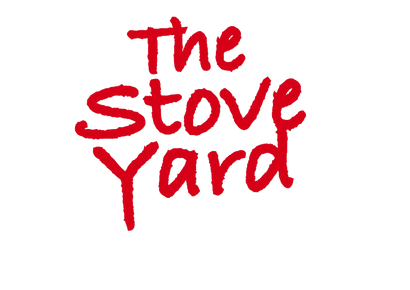Your Cart is Empty
This mega menu is not fully functional and still being developed. Please use the Brands menu to view all products in each brand.
Add description, images, menus and links to your mega menu
A column with no settings can be used as a spacer
Link to your collections, sales and even external links
Add up to five columns




